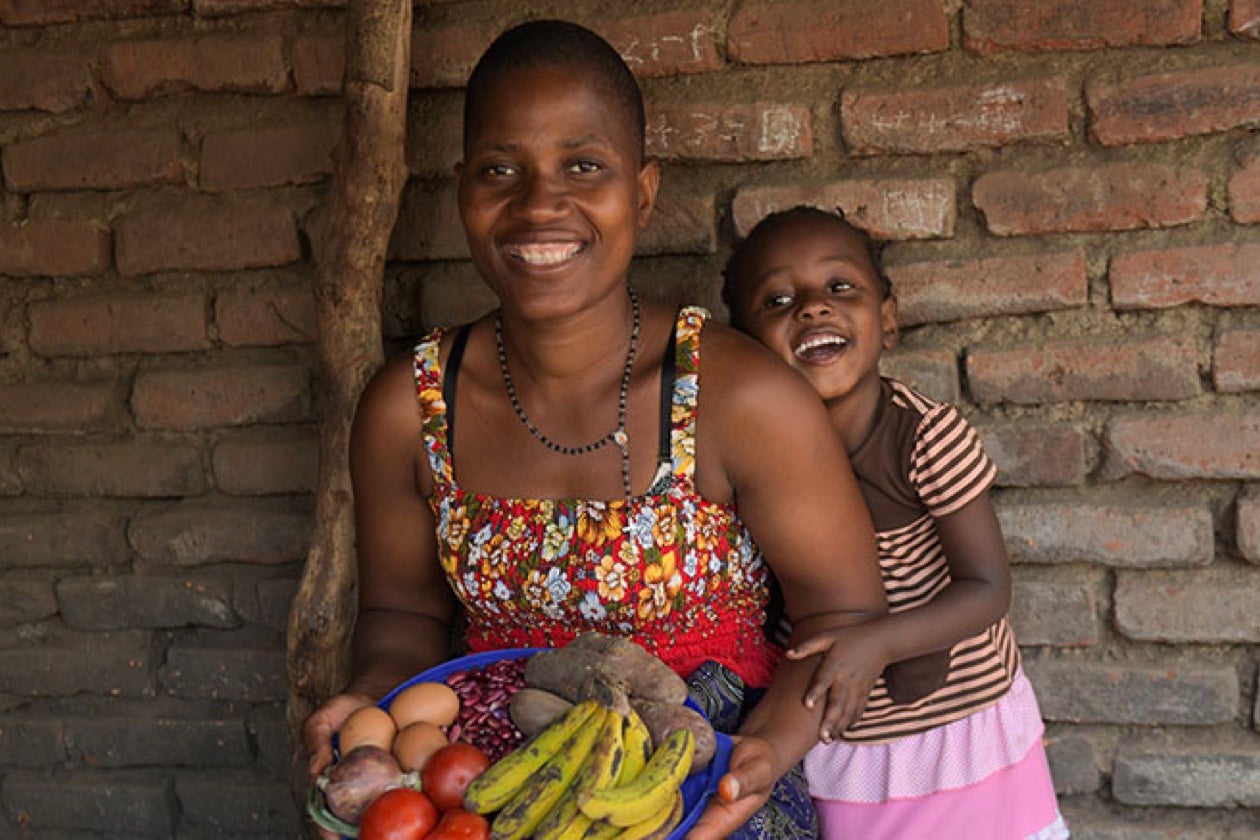High-Impact Nutritional Investment in Malawi for the JBJ Foundation
Identifying the most promising health sector areas in Malawi for private investment

What was the problem to be solved?
Stunting is associated with significant and lasting consequences for children and societies, including increased risk of mortality, delayed cognitive development, and reduced productivity. Malawi has made moderate progress on stunting in the last 20 years but progress has stalled in recent years, with about 41 percent of children under five in Malawi stunted in 2019.
The JBJ Foundation, a private foundation in the United States, asked Exemplars in Global Health to identify high-impact nutrition investments in Malawi. The goal of the research was to identify reasons for higher stunting rates within Malawi and interventions that would promote rapid improvements in nutrition.
What support did Exemplars in Global Health provide?
Our team and partners conducted robust research through a review of data across relevant nutritional indicators in Malawi. We explored key interventions, burden levels, trends over time, and geographic distribution of malnutrition to understand areas for improvement in Malawi relative to other Exemplar countries. In addition to reviewing quantitative data, we conducted a literature review. Based on our research findings, we developed a set of recommendations on which interventions to invest in, what geographies and populations to focus on, and why.
We worked in close collaboration with partners, including the Hospital for Sick Children in Toronto, World Bank, International Food Policy Research Institute, Dalberg, and the Copenhagen Consensus Center, to develop and validate our findings.
To conduct the assessment for Malawi, we used the evidence-based ten-step framework developed by Exemplars in Global Health over the course of studying positive outliers in stunting reduction. We identified the following three areas for high-impact investment to improve nutrition in Malawi:
- Maternal health care and women’s empowerment: Antenatal interventions such as multiple micronutrient supplementation and balanced energy protein supplementation have strong potential to make rapid improvements in maternal and child nutrition. This will help Malawi make needed progress in improving child height-over-age Z-score, or HAZ (a measure of childhood stunting) outcomes at birth, in addition to addressing consistent risk factors around maternal health, specifically maternal body mass index – an indicator sensitive to access to a nutritionally adequate diet and health care.
- Food insecurity: Opportunities exist to increase access to food and lower pricing through improvements in storage management. In addition, investing in the design of a more shock-resilient food system will enable it to better withstand high poverty and climate-sensitive challenges, such as flooding and droughts.
- Equitable access to care and services: Targeted investments are needed to close equity gaps in antenatal care coverage, breastfeeding, diet diversity, and issues related to water, sanitation, and hygiene. This is especially critical in direct health sector interventions around supplementation (e.g., MMN / BEP) to avoid challenges around double burden, or both missing undernourished populations in need while worsening obesity/overweight rates in mis-targeted populations.
HOW DO WE SEE THIS DRIVING TO IMPACT?
The comprehensive analytical approach that Exemplars delivered, allowed the outputs to include context and perspectives beyond a standard diagnostic approach.
The research conducted by Exemplars in Global Health to identify high-impact areas for investment to rapidly improve nutrition in Malawi directly informs JBJ Foundation funding decisions, made in partnership with the Malawi Department of Nutrition, HIV and AIDS. Our evidence-based guidance included context and perspectives from an extensive network of academics and other experts, which provided value beyond a standard set of descriptive analyses.
More broadly, this work has the potential to provide follow-up support, such as deeper analytical engagement or support through the Exemplars Community of Experts, directly to additional stakeholders in Malawi, such as the Ministry of Health and Population and other key ministries (e.g., finance, agriculture) with influence over broader factors affecting stunting rates.
Interested in learning more about nutrition and stunting?
Explore our platform to learn more about stunting, understand cross-cutting lessons from Exemplar countries working to reduce stunting, or read perspectives on nutrition from our partners.
Reach out to the Exemplars in Global Health team to learn more about the work described in this article or to discuss how we can support your work.
Contact Us